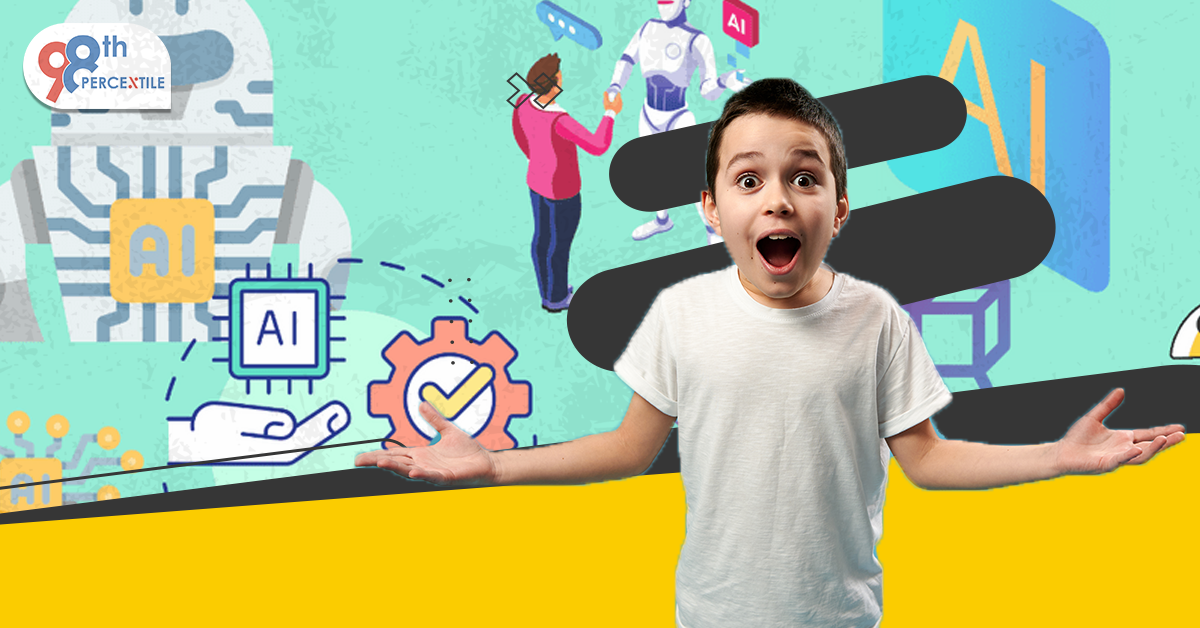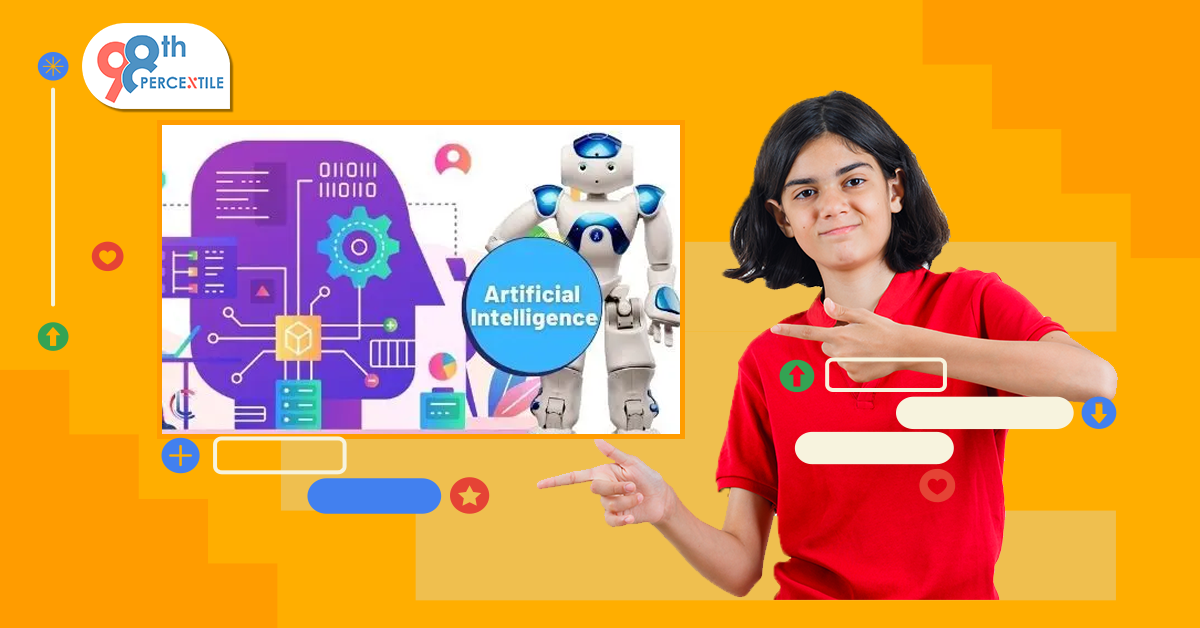The BBC micro:bit is a pocket-sized computer that's transforming the way young people learn about coding and electronics. Designed to make programming accessible and engaging for beginners, the micro:bit is equipped with a variety of features, including LED lights, buttons, sensors, and connectivity options, making it a versatile tool for a wide range of projects. From creating digital games to programming interactive devices, the micro:bit offers an adventure into the world of technology that's both educational and fun. Let's dive into the potential of micro:bit and explore how it can be a gateway to mastering coding languages skills for students.
What Makes Micro: bit Stand Out?
The micro:bit is designed with education in mind, offering features that encourage exploration and creativity:
- User-Friendly Design: Its compact size and pre-built features like LEDs and sensors make it ideal for young learners.
- Versatile Programming Options: Programs can be written using Block Editor (a drag-and-drop interface) or text-based languages like Python, accommodating different skill levels.
- Wide Range of Capabilities: With built-in sensors, buttons, and Bluetooth connectivity, the micro:bit can be used in a multitude of projects, from simple games to complex scientific experiments.
- Strong Community Support: A vast array of resources, tutorials, and projects are available from the micro:bit community, making it easier for beginners to get started and for educators to integrate it into their curriculum.
Begin Your Child's Coding Adventure Now!
Exciting Micro: bit Projects for Students
Build a Digital Pet
Coding a digital pet on the micro:bit teaches basic programming concepts and how to use inputs and outputs. Students can make their pet respond to different conditions, such as light levels or button presses.
Create a Weather Station
By attaching sensors, students can transform their micro:bit into a personal weather station, monitoring temperature, humidity, or even air quality. This project combines coding with earth science, offering a practical application of technology.
Design an Interactive Badge
Using the LED display and buttons, students can design a badge that reacts to touch or movement. This project is a great way to introduce wearable technology and design principles.
Program a Music Maker
The micro:bit can be programmed to produce different sounds or music notes when buttons are pressed or when it's moved in certain ways, introducing students to the concept of digital sound and music production.
Develop a Fitness Tracker
Leveraging the accelerometer, students can create a simple fitness tracker that counts steps or movement, promoting both coding and physical activity.
Tips for Getting Started with Micro:bit
- Explore the Micro:bit Foundation Website: It's packed with tutorials, project ideas, and teaching resources.
- Start with Block Programming: It's a more visual and intuitive way to understand programming concepts before moving on to text-based coding.
- Join the Community: Online forums and social media groups can be invaluable sources of support and inspiration.
- Experiment with Add-ons: Various add-ons and accessories are available to extend the micro: bit's capabilities, such as external sensors or robotic controllers.
Frequently Asked Questions (FAQs)
Q.1: Is the micro:bit suitable for beginners?
Ans: Absolutely. The micro:bit was designed with beginners in mind, featuring easy-to-use programming interfaces and comprehensive educational resources.
Q.2: What age is the micro:bit appropriate for?
Ans: While it's particularly popular among students aged 8 to 14, the micro:bit is versatile enough to be engaging for older teens and even adults new to coding.
Q.3: Can the micro:bit be used in classrooms?
Ans: Yes, the micro:bit is an excellent tool for educators and is used in schools worldwide to teach coding and computer science principles.
Q.4: How much does a micro:bit cost?
Ans: The cost of a micro:bit is relatively low, making it an affordable option for individuals and educational institutions alike. Prices may vary based on the kit or accessories purchased.
Book 2-Week Coding Trial Classes Now!
The BBC micro:bit is more than just a piece of technology; it's a doorway to a world of creativity, innovation, and learning. By offering a hands-on approach to coding and electronics, the micro:bit not only demystifies technology but also empowers students to become creators rather than just consumers of digital content. Whether it's through building a weather station, designing a digital pet, or creating an interactive badge, the adventures with micro:bit are limitless, providing valuable skills and knowledge that will last a lifetime.

 Students/Staff
Students/Staff Parents
Parents ElevatEd
ElevatEd




-Nov-18-2025-03-57-47-3267-AM.png?width=360&length=360&name=401x226%20(6)-Nov-18-2025-03-57-47-3267-AM.png)



-Jul-22-2025-03-16-52-8797-AM.png?width=360&length=360&name=401x226%20(6)-Jul-22-2025-03-16-52-8797-AM.png)






